Home>Storage Ideas>Kitchen Storage>Basement Kitchen Ideas: 10 Ways To Make Basement Kitchens Elegant
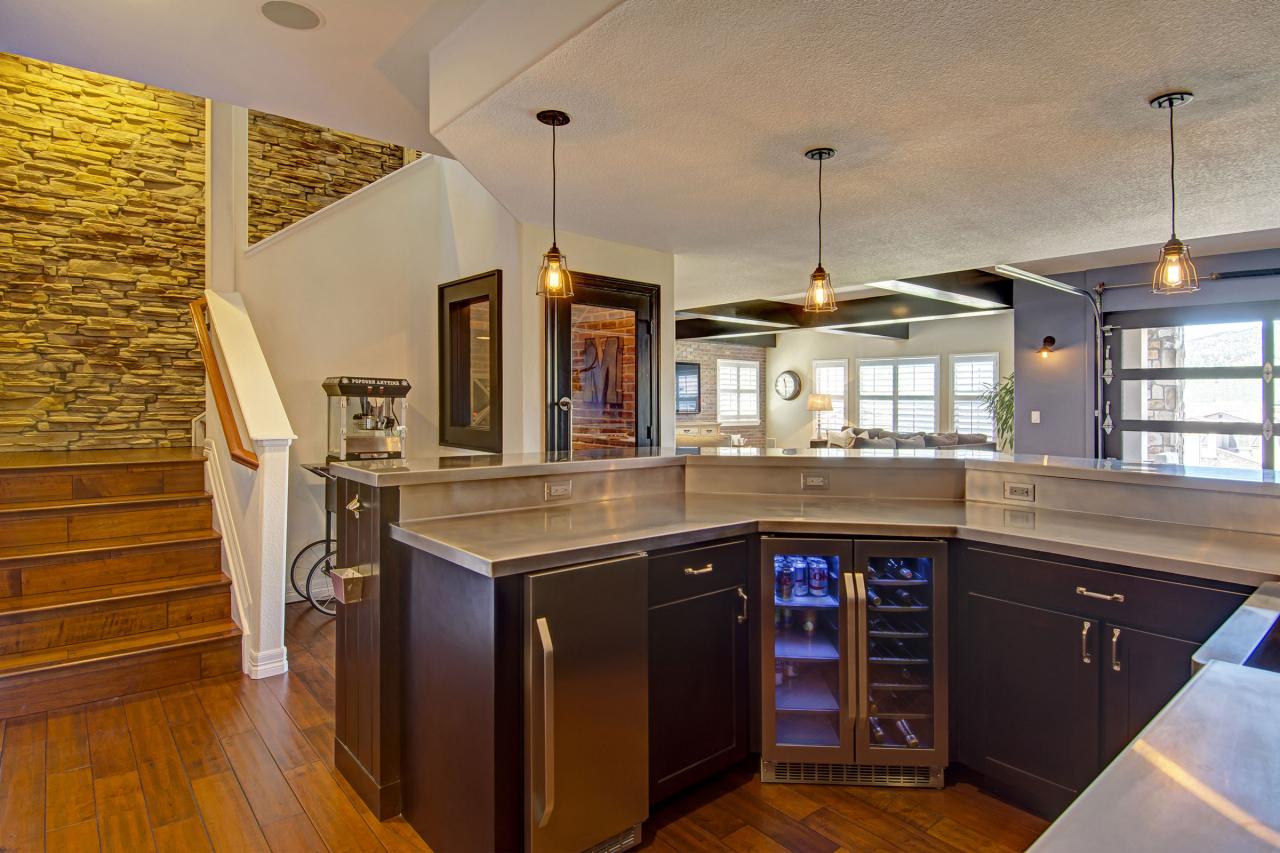

Kitchen Storage
Basement Kitchen Ideas: 10 Ways To Make Basement Kitchens Elegant
Modified: January 9, 2024
Looking to create an elegant basement kitchen? Discover 10 kitchen storage ideas that will transform your basement into a stylish and functional space.
(Many of the links in this article redirect to a specific reviewed product. Your purchase of these products through affiliate links helps to generate commission for Storables.com, at no extra cost. Learn more)
Introduction
Having a kitchen in the basement can be a great way to expand your living space and maximize functionality in your home. Whether you’re planning to create a full-scale kitchen or a smaller kitchenette, there are many creative ideas you can implement to make your basement kitchen elegant and functional.
A basement kitchen offers numerous benefits. It can serve as a convenient space for meal prep, entertaining guests, or even as a secondary kitchen for larger families. Additionally, it can add value to your home and make it more appealing to potential buyers.
However, designing a basement kitchen comes with unique challenges. Basements often have limited natural light, lower ceilings, and may be prone to moisture issues. Despite these challenges, with careful planning and attention to detail, you can create a beautiful and functional space that you’ll love spending time in.
In this article, we will explore 10 ways to make your basement kitchen elegant. From proper lighting to efficient storage solutions, we’ll cover everything you need to know to create a stunning and functional basement kitchen.
Key Takeaways:
- Elevate your basement kitchen with proper lighting, open floor plans, and bright colors to create an elegant and functional space that maximizes natural light and adds sophistication to your home.
- Incorporate natural materials, efficient storage solutions, and high-quality appliances to design a basement kitchen that exudes warmth, functionality, and timeless elegance, while adding value to your home.
Proper Lighting
Lighting plays a crucial role in any kitchen, and it becomes even more important in a basement kitchen where natural light may be limited. Proper lighting can help to brighten up the space, create a welcoming atmosphere, and make tasks in the kitchen more enjoyable.
Consider a combination of different lighting options to create a well-lit basement kitchen. Start with overhead lights such as recessed or track lighting to provide overall illumination. These types of lights can help distribute light evenly throughout the space and reduce shadows.
In addition to overhead lights, incorporate under-cabinet lighting to illuminate the countertops and provide task lighting for meal preparation and cooking. This will not only make your kitchen more functional but also add a touch of elegance to the space.
Another important aspect of lighting in a basement kitchen is color temperature. Opt for warm white or daylight bulbs with a higher color temperature to mimic natural sunlight and create a brighter, more inviting atmosphere.
Don’t forget about natural light. If your basement has small windows or limited natural light, consider installing light wells or skylights to bring in more sunlight. This will not only brighten up the space but also make it feel more spacious and open.
Lastly, don’t overlook the importance of dimmer switches. Dimmers allow you to adjust the intensity of the lights based on your needs and create a soft and relaxing ambiance for entertaining guests.
By incorporating a combination of different lighting options, considering color temperature, and maximizing natural light, you can create a well-lit and inviting basement kitchen that exudes elegance.
Open Floor Plan
An open floor plan can greatly enhance the elegance and functionality of a basement kitchen. By removing walls or partitions and creating a more open layout, you can maximize the space and create a seamless flow between the kitchen and the rest of the basement area.
An open floor plan allows for better natural light distribution and creates a sense of spaciousness, making the basement kitchen feel larger and more inviting. It also provides the opportunity for better interaction and connectivity between the kitchen and adjacent living or dining areas.
When designing your basement kitchen with an open floor plan, consider the placement of key elements such as the sink, stove, and refrigerator. These should be strategically positioned to create efficient work zones and maximize functionality.
Incorporating a kitchen island or a breakfast bar is another great way to enhance the open floor plan and provide additional space for dining and entertaining. It creates a central focal point in the kitchen and offers a seamless transition between the cooking and dining areas.
When selecting materials for the flooring and countertops, opt for cohesive and durable options that flow well with the rest of the basement. This will help create a visually unified space and elevate the overall elegance of the kitchen.
By embracing an open floor plan in your basement kitchen design, you can create a stylish and functional space that encourages interaction, maximizes natural light, and adds an element of sophistication to your home.
Choose Bright Colors
When it comes to selecting colors for your basement kitchen, opting for bright and light tones can have a significant impact on the overall elegance and ambiance of the space. Light colors have the ability to make a room feel larger, brighter, and more open, which is particularly beneficial in a basement with limited natural light.
Start by choosing a neutral color palette as the base for your kitchen. Shades of white, cream, beige, or light gray can serve as a backdrop that allows other elements, such as cabinetry, appliances, and accessories, to stand out. These colors create a clean and sophisticated look that can easily be enhanced with pops of color or metallic accents.
Consider incorporating glossy or reflective surfaces, such as glossy tiles or a mirrored backsplash, to further elevate the brightness and elegance of the space. These surfaces reflect light and create an illusion of depth, adding visual interest to the kitchen.
Another way to introduce color in a basement kitchen is through accents and accessories. Choose vibrant and contrasting colors for things like kitchen utensils, small appliances, or decorative items. This can help add personality and visual interest to the space without overwhelming it.
In addition to bright colors, consider incorporating natural elements such as wood or stone. These materials can add warmth and texture to the kitchen, creating a welcoming and cozy atmosphere. Use them for cabinet finishes, countertops, or flooring to bring a touch of nature into the space.
Remember that the color scheme should be cohesive with the rest of the basement. Take into account the colors and materials used in the adjacent areas to create a harmonious flow throughout the space.
By choosing bright colors for your basement kitchen, you can create an elegant and light-filled space that feels larger, more inviting, and visually appealing.
Utilize Natural Materials
When it comes to designing an elegant basement kitchen, incorporating natural materials can add a touch of warmth, texture, and sophistication to the space. Natural materials have a timeless appeal and can create a connection to the outdoors, even in a basement setting.
One way to utilize natural materials is through the choice of countertops. Granite, marble, or quartz countertops not only add luxury and elegance to the kitchen but also provide durability and functionality. These materials come in a variety of colors and patterns, allowing you to find the perfect one to complement your overall design aesthetic.
Consider using wood for cabinets or shelving. Wood lends a sense of warmth and adds a natural, organic element to the kitchen. It can be stained or painted to match your desired color scheme and style. Choose a high-quality wood with a smooth finish to elevate the elegance of the space.
Incorporating natural stone or tile for the flooring can also enhance the beauty of the basement kitchen. Options such as limestone, travertine, or porcelain tiles provide durability, easy maintenance, and a luxurious look. Choose a neutral color or a pattern that complements the rest of your design choices.
Another way to incorporate natural materials is through the use of exposed brick or stone walls. These features can bring a rustic or industrial charm to the kitchen, creating a unique and visually appealing focal point. If your basement doesn’t have existing brick or stone walls, consider using faux brick or stone veneers to achieve a similar effect.
Lastly, consider adding natural elements through the use of plants and greenery. Indoor plants not only add a fresh and vibrant touch to the space but also improve indoor air quality. Incorporate some potted herbs or small plants on countertops or windowsills to bring life and a sense of nature into the basement kitchen.
By utilizing natural materials in your basement kitchen design, you can create an elegant and timeless space that exudes warmth, texture, and sophistication.
Incorporate Adequate Ventilation
Proper ventilation is crucial in any kitchen, and it becomes even more important in a basement kitchen. Basements are often prone to poor air circulation, which can lead to moisture buildup, odors, and potential health issues. Incorporating adequate ventilation in your basement kitchen design is essential for both the functionality and elegance of the space.
One of the most common options for kitchen ventilation is a range hood. A range hood helps to extract smoke, steam, and cooking odors, keeping the air clean and fresh. When choosing a range hood, opt for a model that is powerful enough to effectively ventilate the size of your basement kitchen.
If ductwork is not an option in your basement, consider a ductless range hood that uses filters to remove impurities from the air. While not as effective as a vented range hood, a ductless option can still improve air quality in the kitchen.
In addition to a range hood, it’s important to ensure good airflow within the basement. This can be achieved by installing ceiling fans or using portable fans to improve air circulation. Adequate airflow will not only help remove cooking odors but also prevent moisture buildup, which can lead to mold and mildew issues.
To further enhance ventilation, consider installing windows or vented skylights in your basement kitchen. These will allow for natural airflow and bring in fresh air from outside. Make sure the windows are operable to maximize ventilation when needed.
Lastly, maintaining a clean and clutter-free kitchen is essential for good airflow and ventilation. Regularly clean and wipe down surfaces, including the range hood filters, to prevent the buildup of grease and dirt that can hinder ventilation.
By incorporating adequate ventilation measures in your basement kitchen design, you can ensure a clean and fresh environment while adding elegance and functionality to the space.
When designing a basement kitchen, consider installing adequate lighting to brighten up the space and make it feel more inviting. This can include recessed lighting, under cabinet lighting, and pendant lights to create a warm and elegant atmosphere.
Install Efficient Storage Solutions
One of the key factors in creating an elegant basement kitchen is ensuring efficient storage solutions. With limited space in the basement, it’s important to maximize every inch of available storage to keep the kitchen organized and clutter-free.
Start by assessing your storage needs and designing a layout that optimizes space. Consider installing floor-to-ceiling cabinetry to maximize vertical storage. This allows you to utilize the entire height of the kitchen walls, providing ample storage for pantry items, cookware, and small appliances.
Utilize pull-out shelves or drawers in the lower cabinets to make it easier to access and organize items stored at the back. These can be particularly useful for pots, pans, and small appliances, keeping them within reach and neatly organized.
Consider incorporating wall-mounted storage solutions such as pegboards or magnetic strips. These can be used to hang utensils, cutting boards, and other commonly used kitchen tools, freeing up countertop space and adding a touch of functionality to the kitchen.
Install a kitchen island with built-in storage to provide additional workspace and storage options. Choose an island with drawers, shelves, or even a wine rack to maximize its functionality and keep countertop clutter at bay.
For smaller items and spices, consider utilizing pull-out spice racks or drawer inserts. These clever solutions make it easier to find and access items, while also keeping them neatly organized and within reach.
Another option to consider is utilizing the space above cabinets for storage. Install open shelves or decorative baskets to store items that are not frequently used, such as bulky appliances or seasonal dishes.
Lastly, don’t forget to make use of unused corners in the kitchen. Install corner shelving or a Lazy Susan to maximize storage and keep those hard-to-reach spaces organized.
By installing efficient storage solutions in your basement kitchen, you can create a functional and organized space that exudes elegance and sophistication.
Consider a Small Kitchen Island
Adding a small kitchen island to your basement kitchen can not only enhance the functionality but also elevate the overall elegance of the space. A kitchen island serves as a versatile workstation, providing additional counter space, storage, and even seating options.
When deciding on a kitchen island for your basement, consider the available space and layout of the kitchen. Opt for a smaller, compact island that fits comfortably without obstructing the flow of traffic or taking up too much floor space. This will ensure that the island doesn’t overpower the kitchen and allows for easy movement around the area.
A kitchen island can offer additional countertop space for meal prep, making it easier to chop vegetables, roll out dough, or set up a buffet during gatherings. This added workspace can make cooking and entertaining more convenient and enjoyable.
In terms of storage, a kitchen island can provide extra cabinets, drawers, or shelves to store cookware, utensils, and other essentials. This helps to keep the kitchen organized and reduces clutter on the main countertops.
Consider incorporating a breakfast bar into your kitchen island design. This provides a casual dining area where family members or guests can sit and enjoy a meal or conversation while you cook. It’s a great space-saving solution, especially for smaller basement kitchens.
Another option to consider is a mobile or portable kitchen island. These can be moved around as needed, providing flexibility and allowing you to change the layout of your kitchen whenever desired.
When selecting the design and materials for your kitchen island, choose options that complement the overall style of the basement. Consider matching the island countertops and finishes with the rest of the kitchen to create a cohesive and elegant look.
By incorporating a small kitchen island into your basement kitchen design, you can enhance functionality, create additional storage, and add a touch of sophistication and style to the space.
Add Stylish Backsplash
A stylish backsplash can be a game-changer in terms of adding elegance and visual interest to your basement kitchen. Not only does it protect your walls from splatters and stains, but it also serves as a focal point that ties the design elements of the kitchen together.
When choosing a backsplash for your basement kitchen, consider using materials that add texture, color, and pattern to the space. Some popular options include ceramic or porcelain tiles, glass tiles, mosaic tiles, or even natural stone.
Opt for a backsplash that complements the overall style of the kitchen. For a modern and sleek look, consider using subway tiles in a herringbone or stacked pattern. If you prefer a more eclectic and bohemian style, mosaic tiles with vibrant colors and intricate designs can add a unique and artistic touch to the kitchen.
In terms of color, select a backsplash that coordinates with the color scheme of the kitchen. You can either choose a contrasting color to create a bold statement or go for a more subtle and monochromatic look with shades that closely match the cabinetry or countertops.
Don’t be afraid to play with different textures and finishes. Incorporating a mix of matte and glossy tiles or a combination of smooth and rough textures can add depth and visual interest to the backsplash.
Consider extending the backsplash all the way up to the ceiling to create a seamless and cohesive look. This not only adds drama and elegance but also visually enhances the height of the room.
If you want to keep the focus on the backsplash, opt for simple and understated countertops and cabinetry to let the backsplash shine. On the other hand, if you have intricate cabinetry or patterned countertops, choose a more neutral and subdued backsplash to maintain balance in the space.
Remember to properly seal the backsplash to protect it from moisture and stains. This will ensure that it remains beautiful and functional for years to come.
By adding a stylish backsplash to your basement kitchen, you can elevate the overall design, create a focal point, and add a touch of elegance and personality to the space.
Opt for High-Quality Appliances
Investing in high-quality appliances is essential for creating an elegant and functional basement kitchen. Not only do these appliances enhance the overall aesthetics of the space, but they also provide superior performance, durability, and energy efficiency.
Start by selecting appliances that match the style and design of your basement kitchen. Whether you prefer a sleek and modern look or a more traditional and vintage vibe, there are appliances available in a variety of styles and finishes to suit your taste.
When choosing appliances, consider their functionality and features. Look for innovative technologies and convenient features that can make your cooking experience more enjoyable and efficient. This may include features such as touch controls, programmable settings, self-cleaning options, or even smart connectivity.
Opt for energy-efficient appliances to reduce your carbon footprint and lower utility bills. Look for appliances with the ENERGY STAR label, which indicates that they meet strict efficiency guidelines set by the U.S. Environmental Protection Agency.
Choose appliances that are sized appropriately for your basement kitchen. It’s important to ensure that the appliances fit seamlessly in the available space without overpowering the design or obstructing the flow of the kitchen.
Consider the layout and functionality of the appliances. For example, a refrigerator with a French door design offers elegance and accessibility, while a wall oven and cooktop combination can provide you with more flexibility and counter space.
Additionally, prioritize quality and reliability when selecting appliances. Read reviews and research different brands to ensure that you’re choosing appliances from reputable manufacturers known for their durability and longevity.
Keep in mind that investing in high-quality appliances not only enhances the elegance of your basement kitchen but also adds value to your home. Homebuyers often prioritize kitchens with updated and efficient appliances, making it a worthwhile investment in the long run.
By opting for high-quality appliances, you can create a stylish and functional basement kitchen that combines elegance, performance, and energy efficiency.
Enhance with Decorative Elements
Adding decorative elements is the final touch that can elevate the elegance and visual appeal of your basement kitchen. These elements help to create a cohesive and inviting atmosphere, making the space feel more personalized and stylish.
One way to enhance your basement kitchen is by incorporating artwork or wall decor. Choose pieces that complement the color scheme and style of the kitchen. Hang them on empty walls or create a gallery wall to add a touch of personality and interest to the space.
Add decorative lighting fixtures to create a statement and enhance the overall ambience of the kitchen. Pendant lights or chandeliers above the kitchen island can serve as both functional and decorative elements, providing task lighting while also adding a touch of elegance and glamour.
Consider adding open shelving to display decorative items, such as stylish dishware, glassware, or cookbooks. This not only adds a visual interest to the kitchen but also provides an opportunity to showcase your personal style and taste.
Incorporate decorative accessories and textiles to enhance the aesthetic of the kitchen. This can include decorative vases, plants, decorative bowls, or even a stylish rug or runner. These elements add texture, color, and visual interest, making the space feel more welcoming and complete.
Pay attention to the details, such as cabinet hardware and faucet fixtures. Opt for high-quality, stylish, and coordinated finishes that complement the overall design of the kitchen. Small details like these can make a big difference in adding elegance to the space.
Consider adding a statement backsplash with intricate patterns or metallic accents to create a focal point in the kitchen. This can be an opportunity to introduce a bold or unique element that adds a touch of luxury and sophistication.
Lastly, ensure that the overall design and decorative elements in your basement kitchen are cohesive with the rest of the basement. Tie in the color scheme, materials, and style to create a harmonious flow throughout the space.
By enhancing your basement kitchen with these decorative elements, you can create a truly elegant and inviting space that reflects your personal style and adds a luxurious touch to your home.
Conclusion
Designing an elegant basement kitchen requires careful consideration and attention to detail. By implementing the 10 ideas mentioned in this article, you can transform your basement kitchen into a stylish and functional space that exudes elegance and sophistication.
By ensuring proper lighting, creating an open floor plan, choosing bright colors, utilizing natural materials, incorporating adequate ventilation, installing efficient storage solutions, considering a small kitchen island, adding a stylish backsplash, opting for high-quality appliances, and enhancing with decorative elements, you can achieve a basement kitchen that is both visually stunning and practical.
Remember to keep the overall design cohesive and mindful of the available space. Maximize natural light, choose colors that reflect your personal style, and incorporate materials that add warmth and texture. Additionally, don’t forget to focus on efficient storage solutions and invest in high-quality appliances to elevate the functionality of the kitchen.
Lastly, add those finishing touches with a stylish backsplash, decorative lighting, and personal accessories that reflect your personality. These elements will tie the design together and create a space that you’ll love spending time in.
Whether you’re using your basement kitchen as a fully functional cooking space or as a secondary entertainment area, implementing these ideas will transform it into an elegant and inviting space that adds value and enjoyment to your home.
So go ahead, unleash your creativity, and create the basement kitchen of your dreams!
Frequently Asked Questions about Basement Kitchen Ideas: 10 Ways To Make Basement Kitchens Elegant
Was this page helpful?
At Storables.com, we guarantee accurate and reliable information. Our content, validated by Expert Board Contributors, is crafted following stringent Editorial Policies. We're committed to providing you with well-researched, expert-backed insights for all your informational needs.
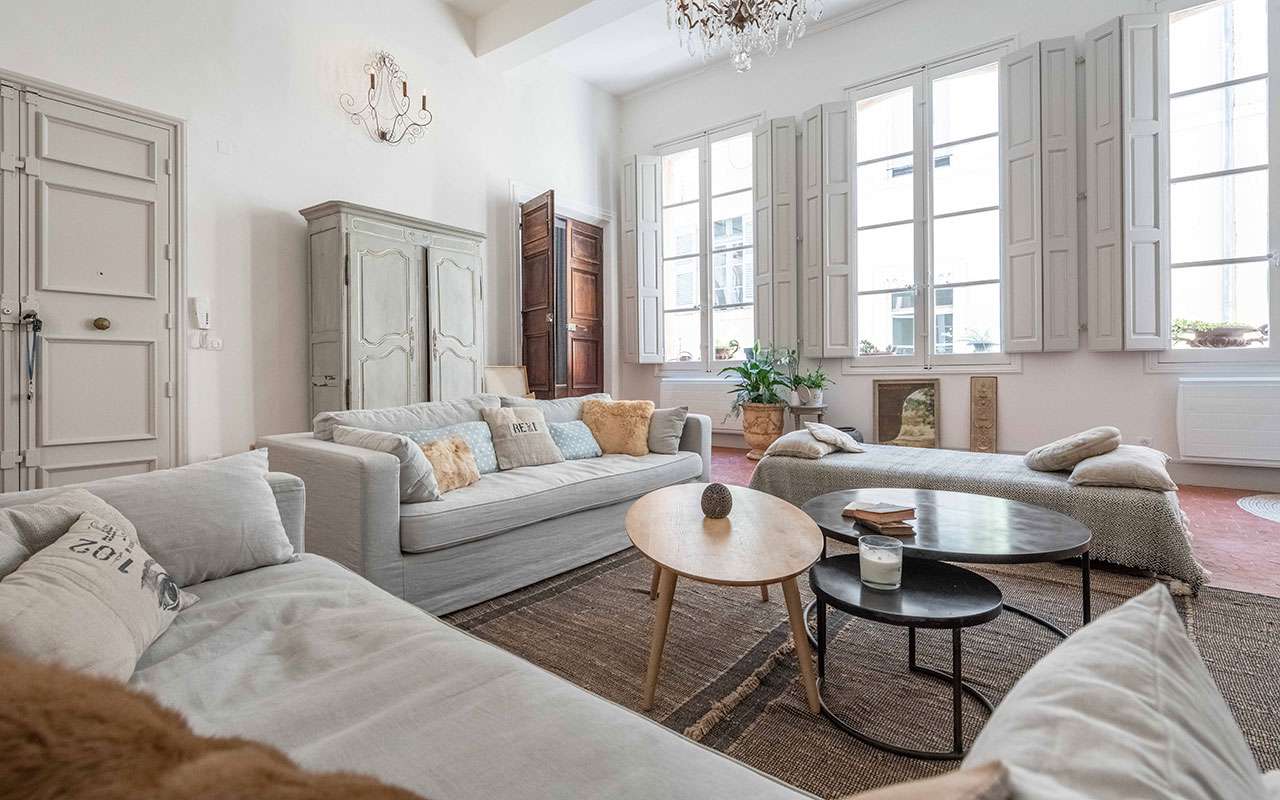
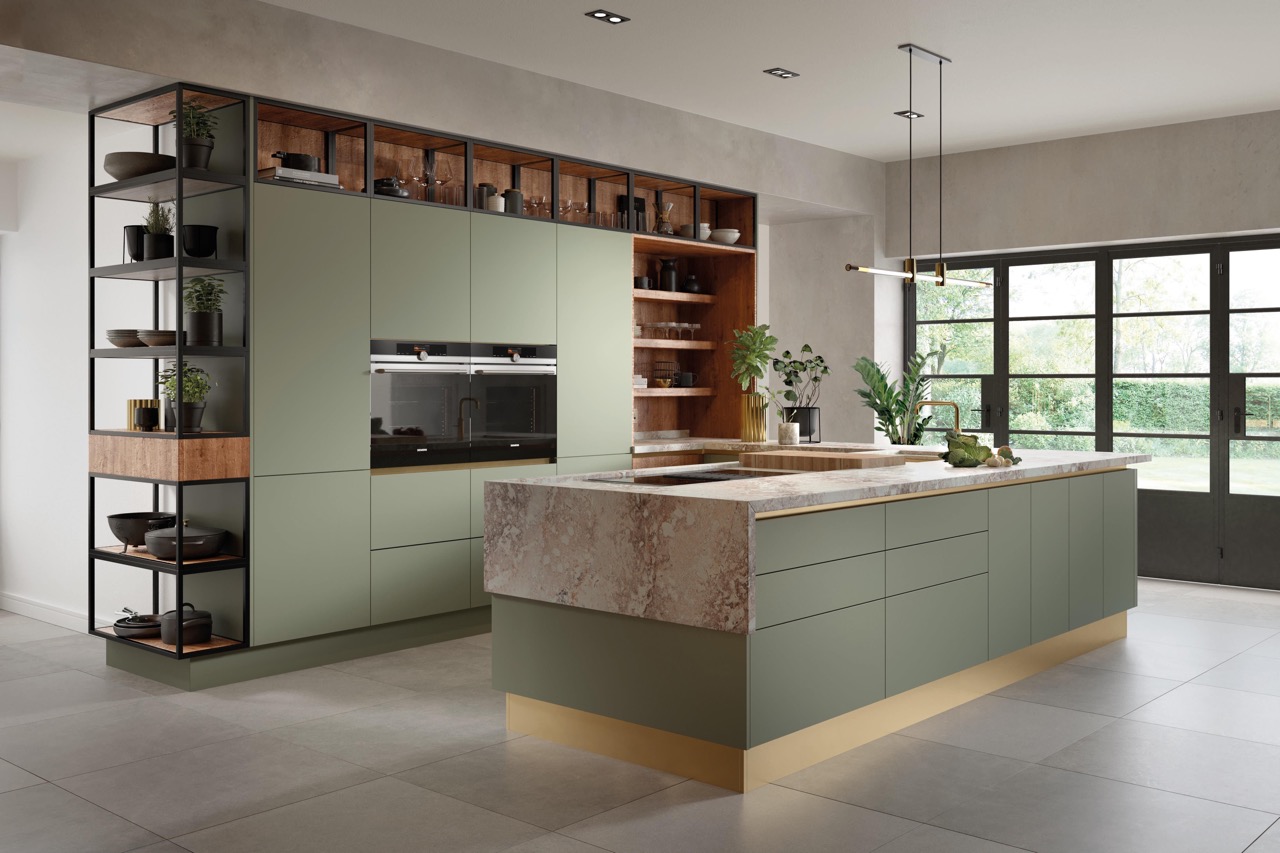

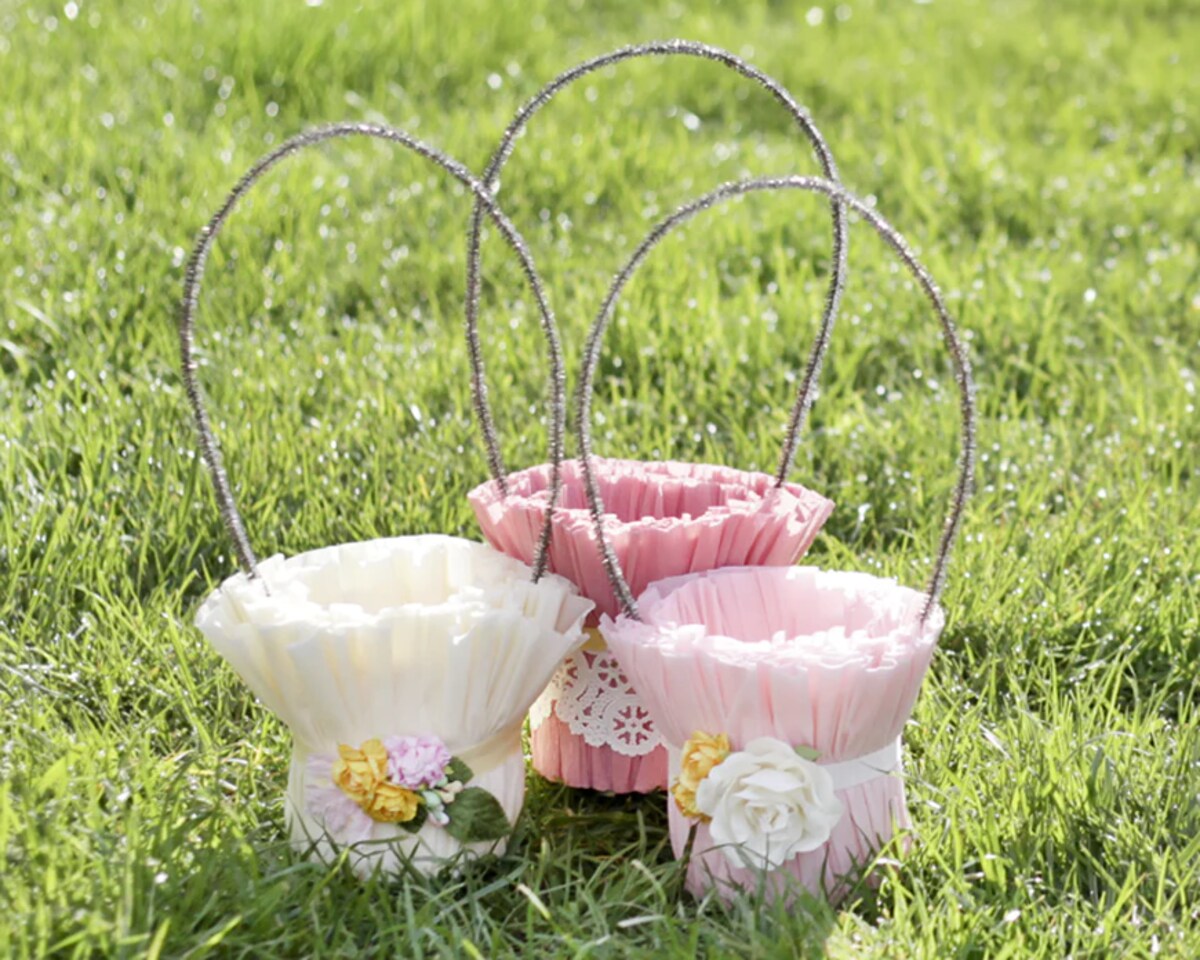
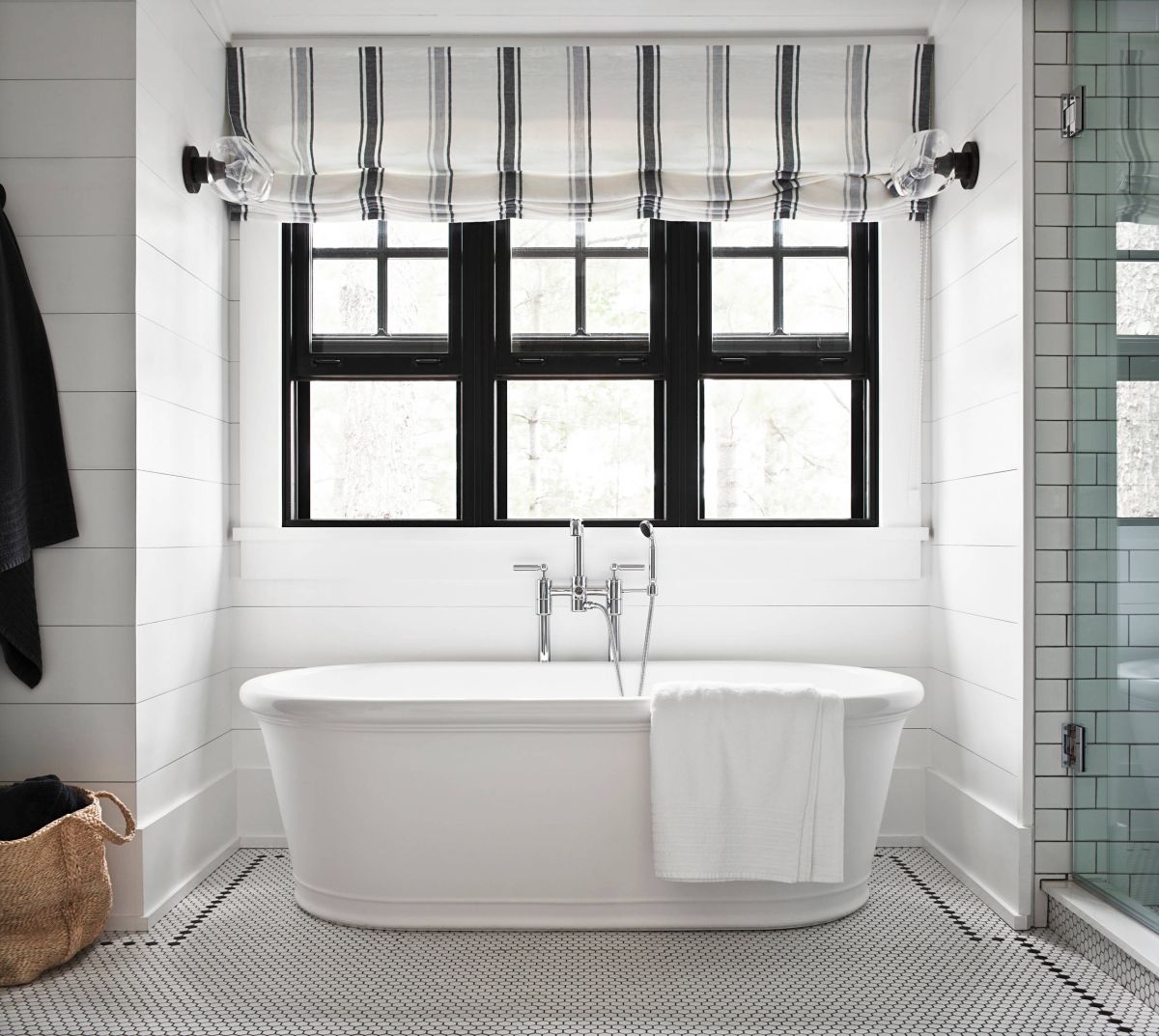
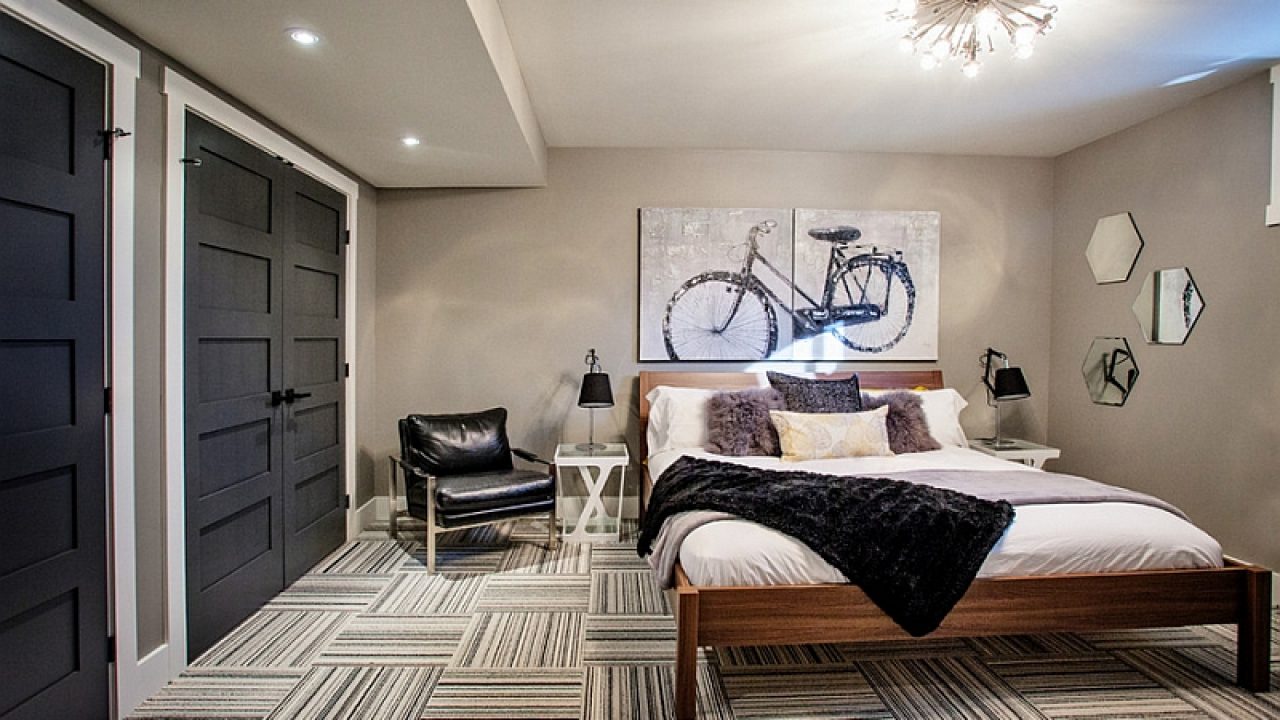
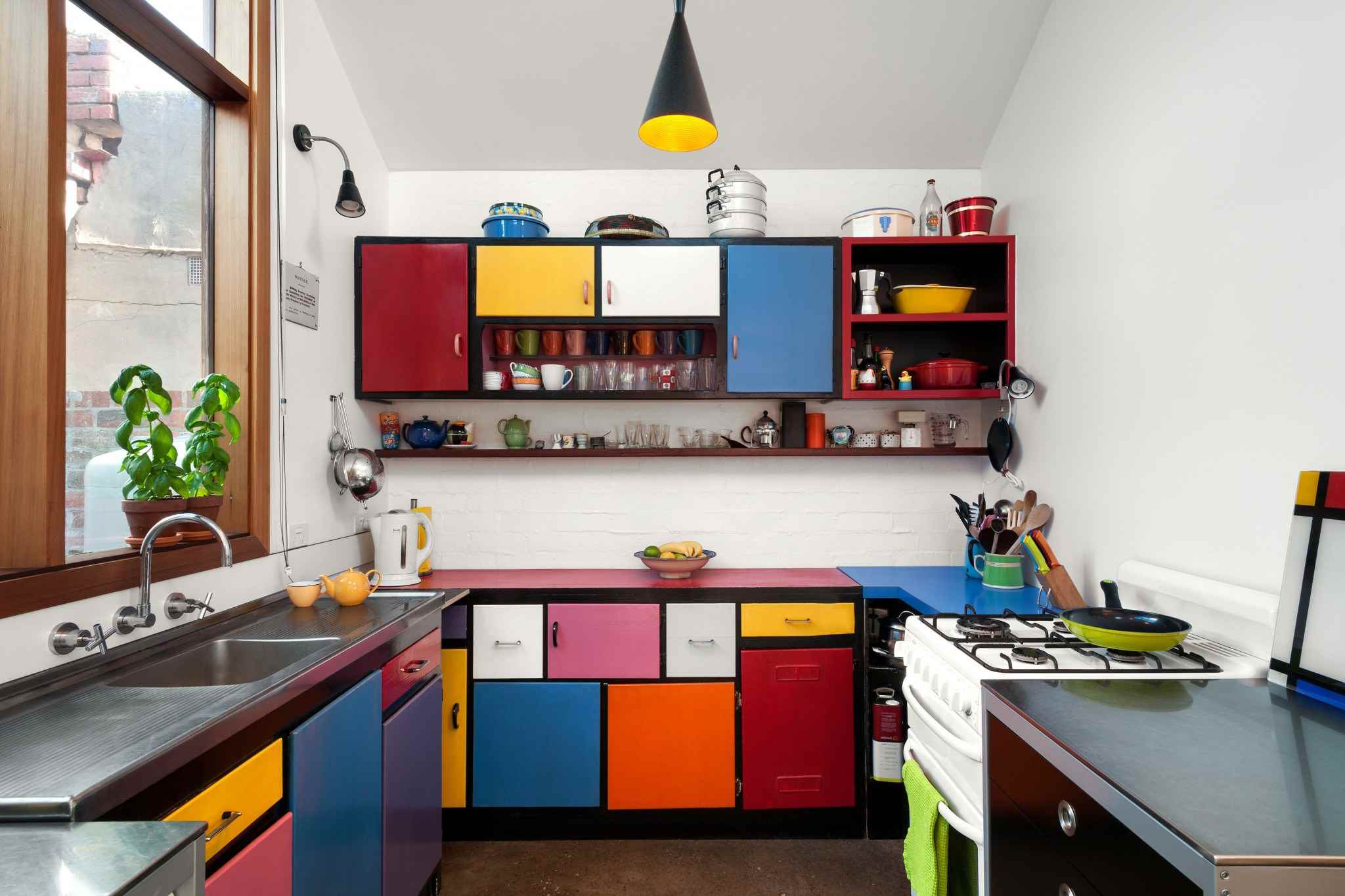
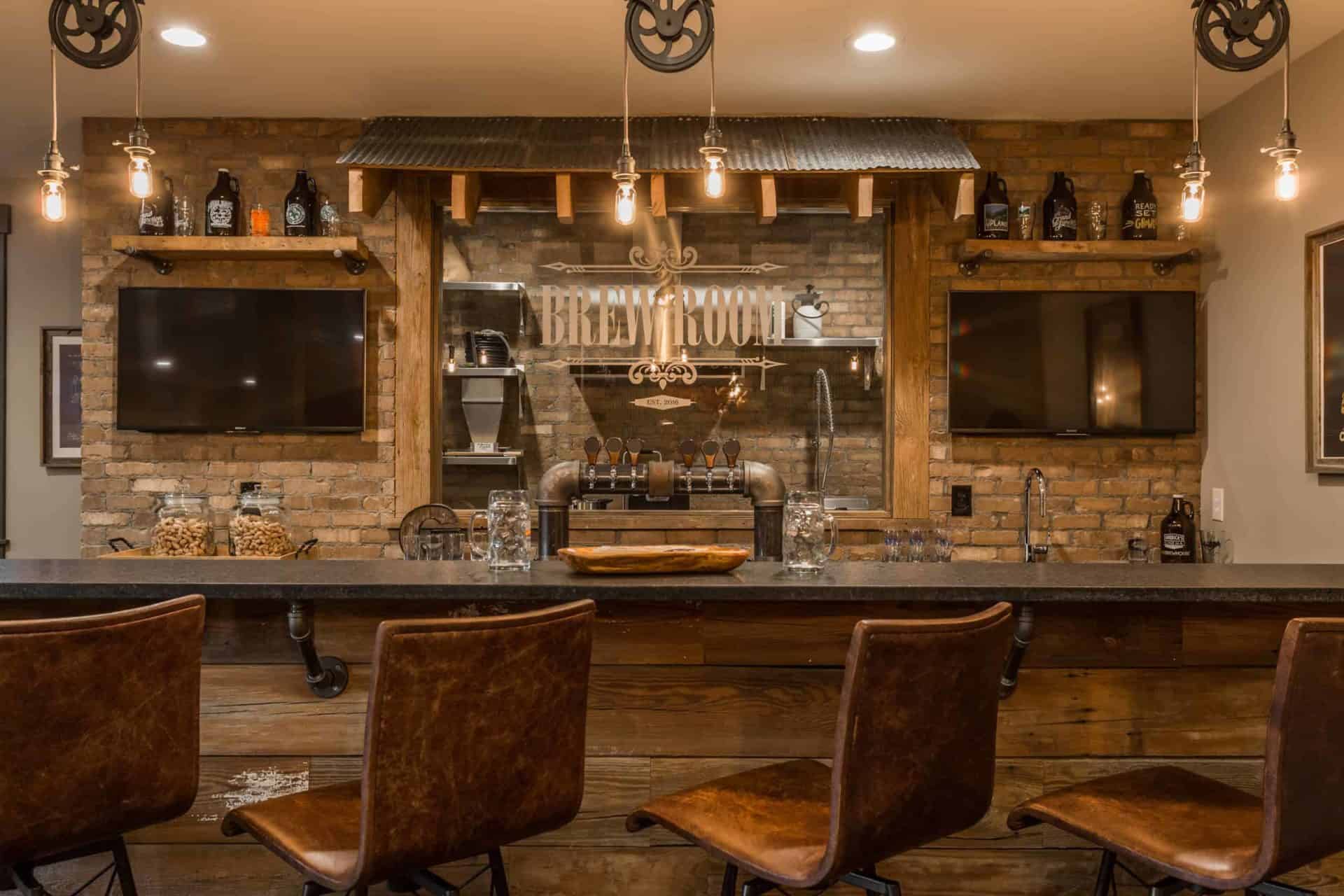
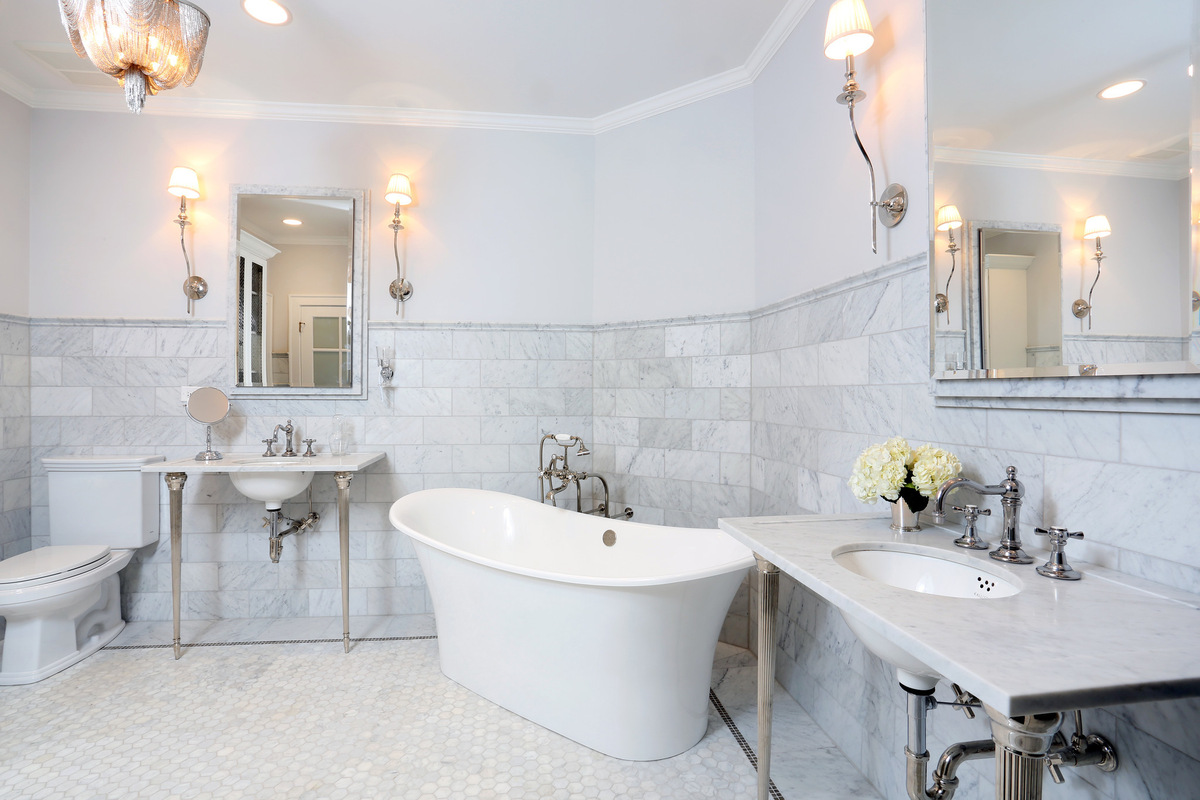
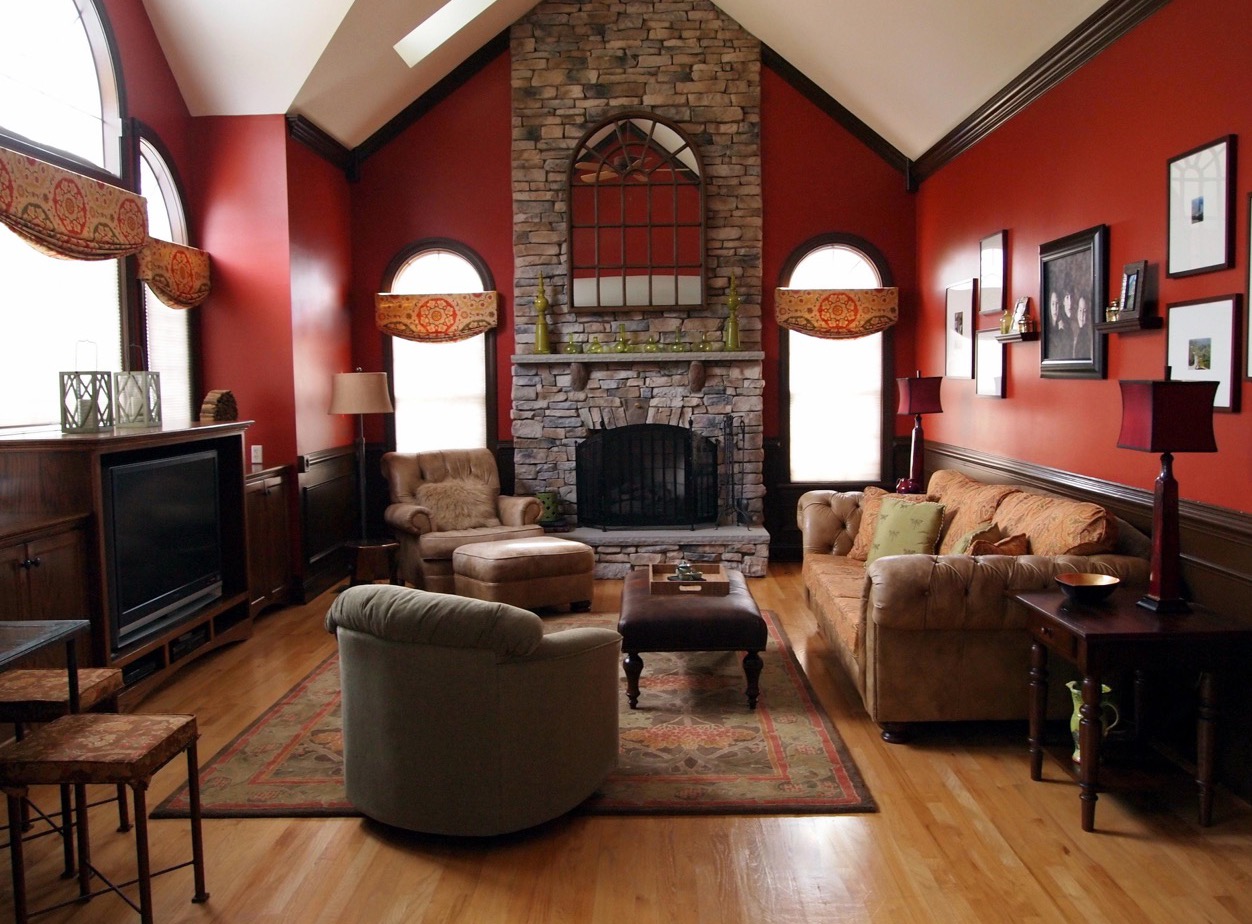
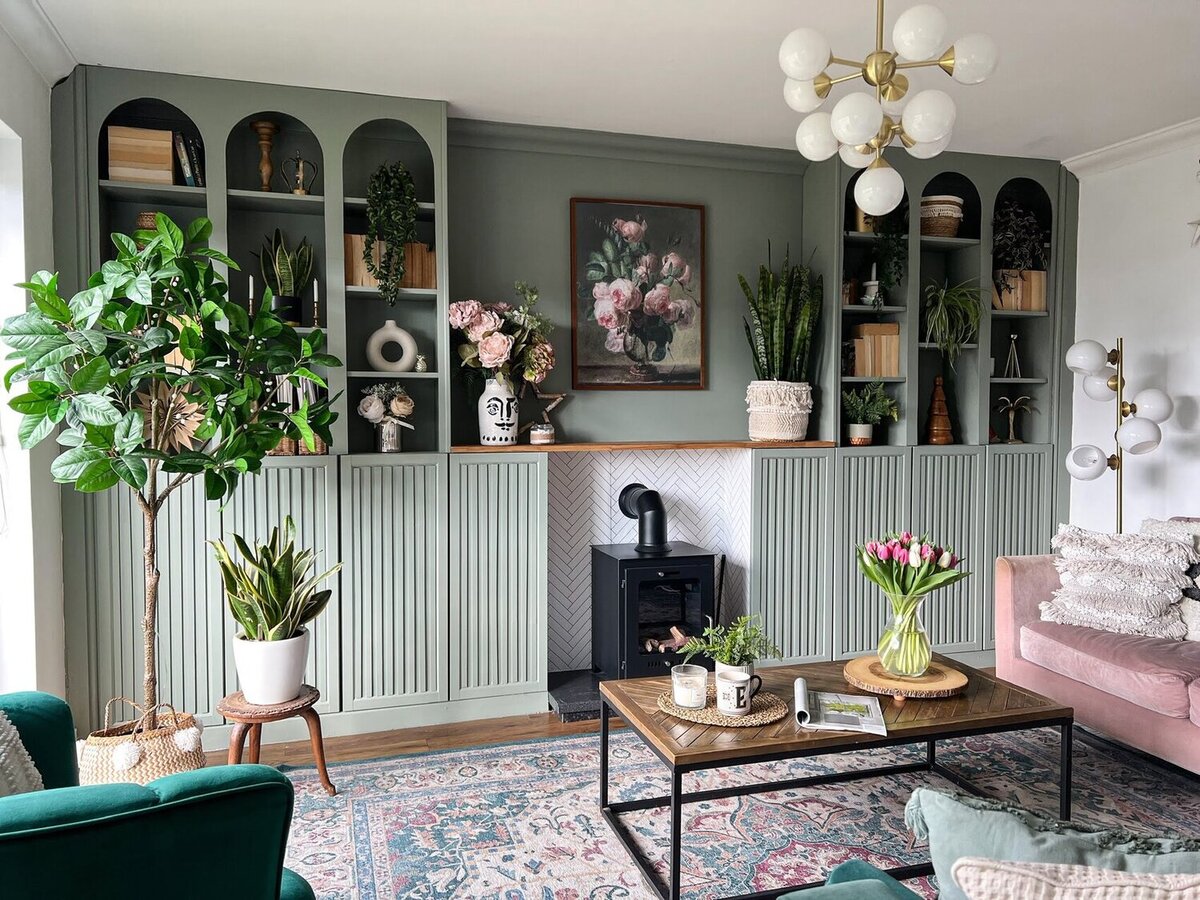
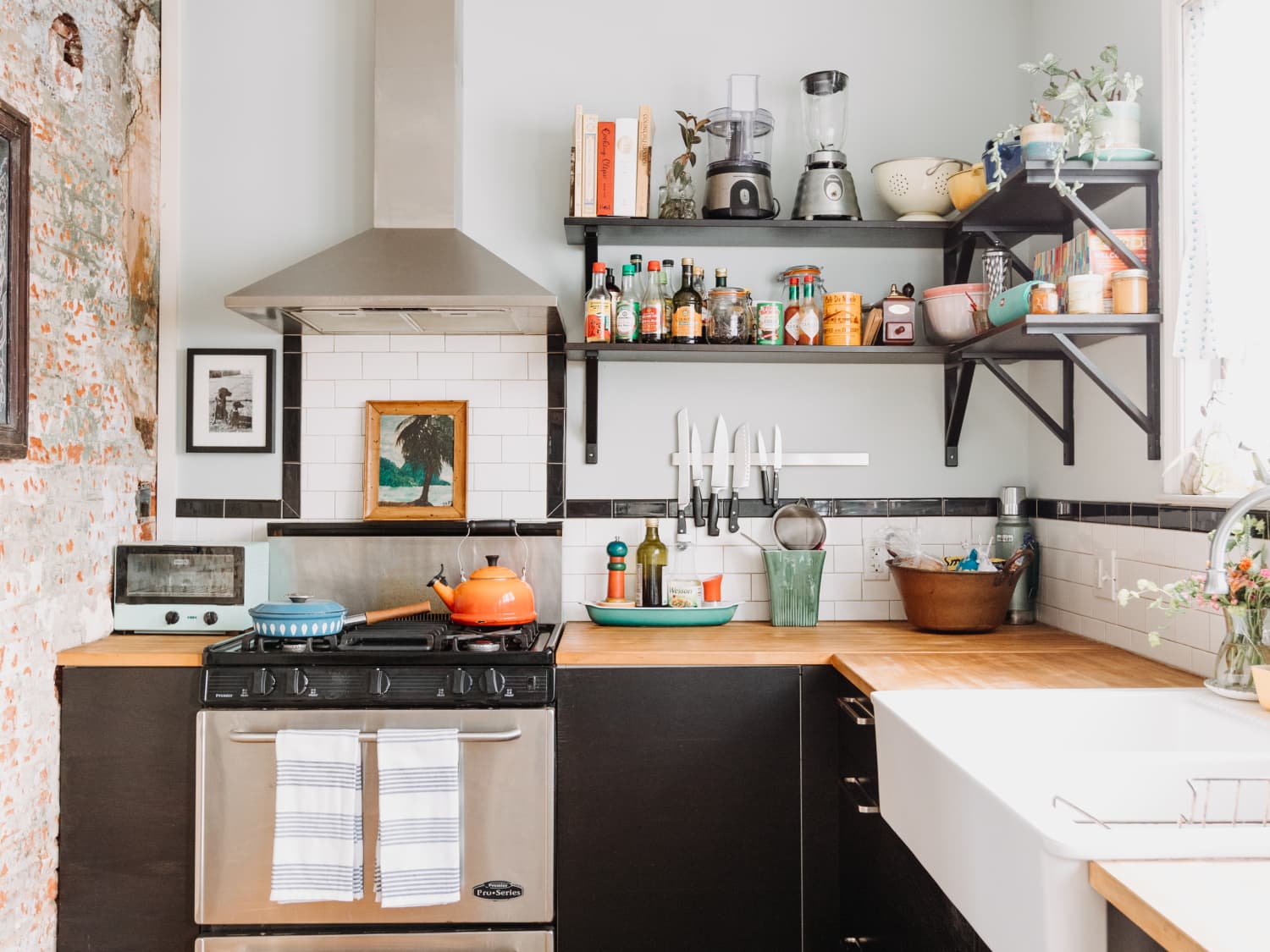
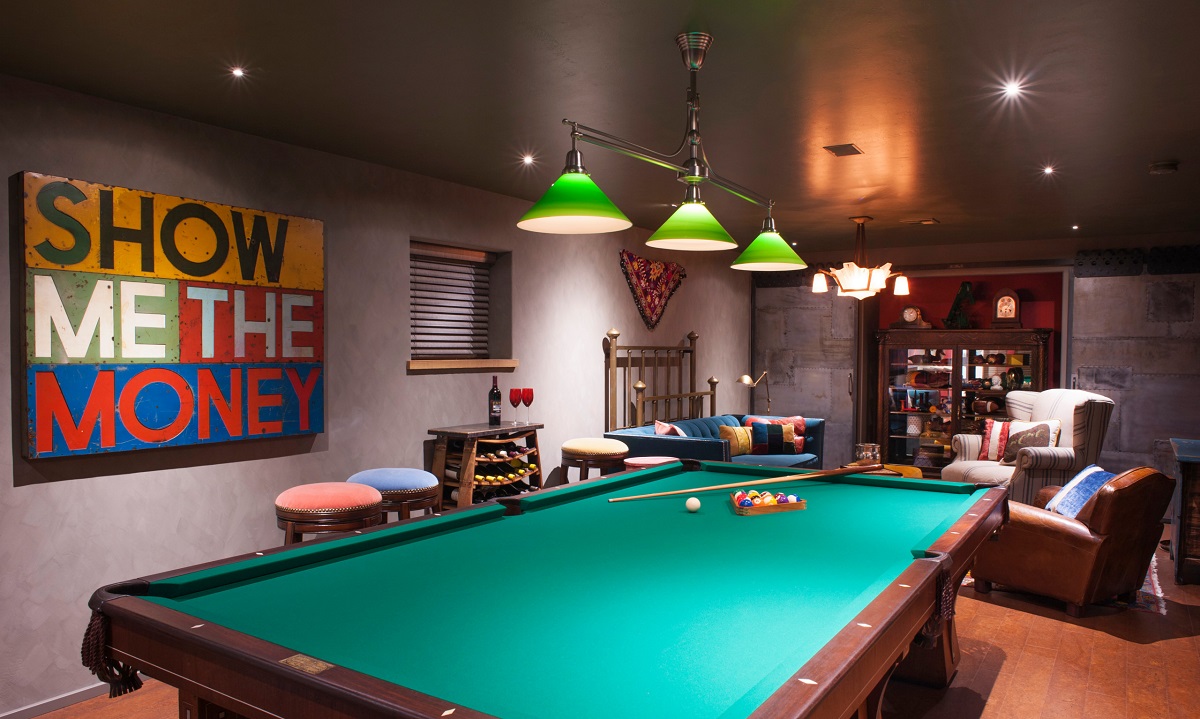

0 thoughts on “Basement Kitchen Ideas: 10 Ways To Make Basement Kitchens Elegant”